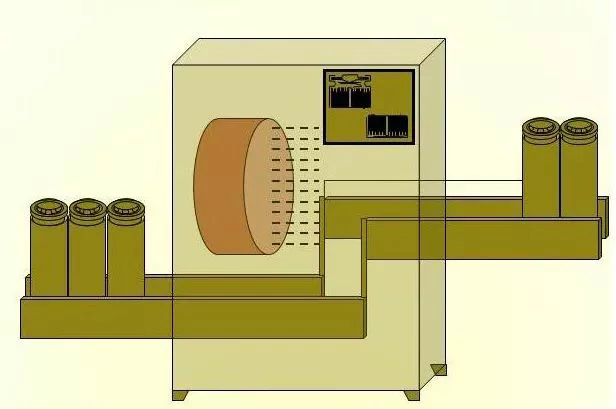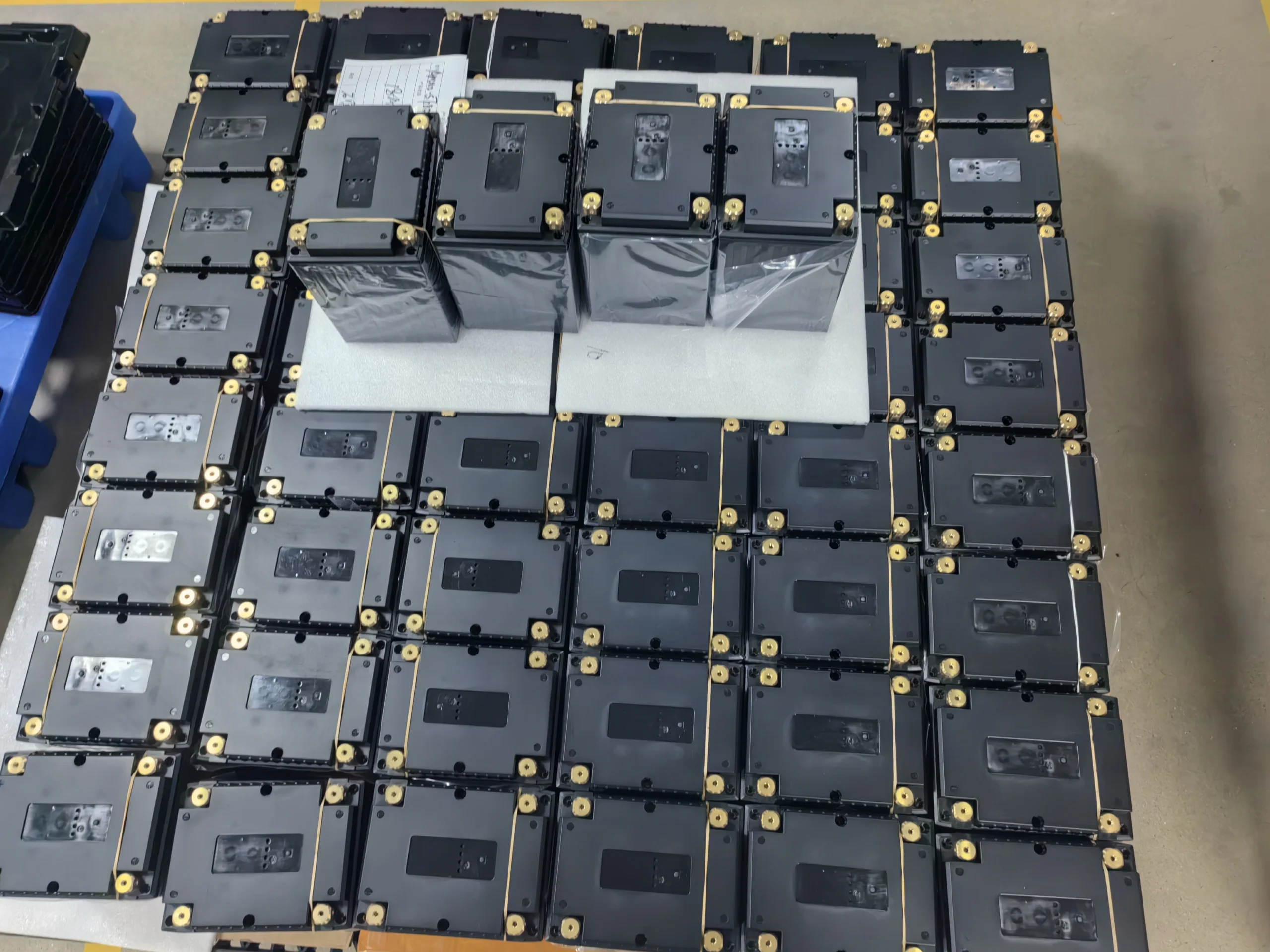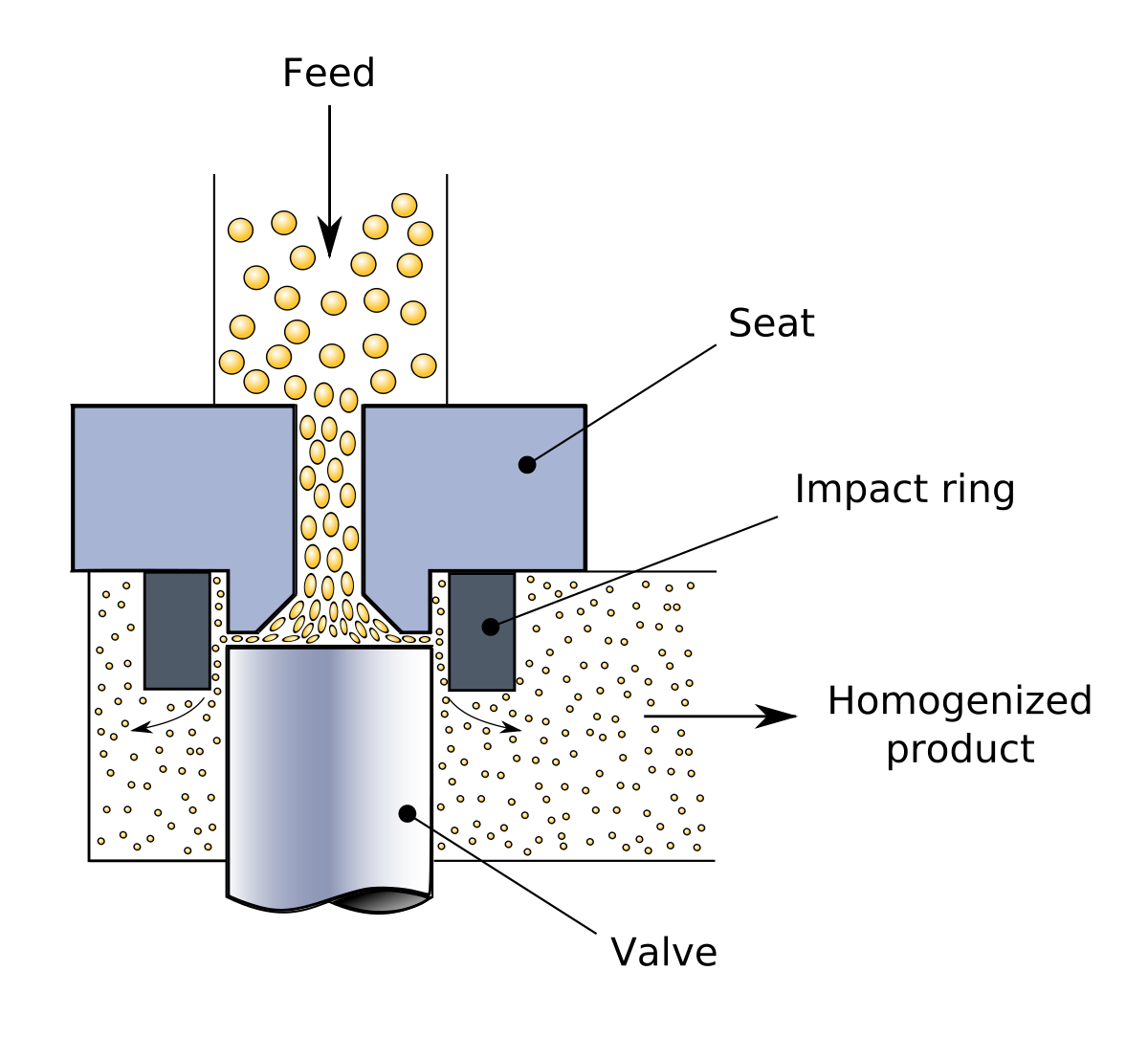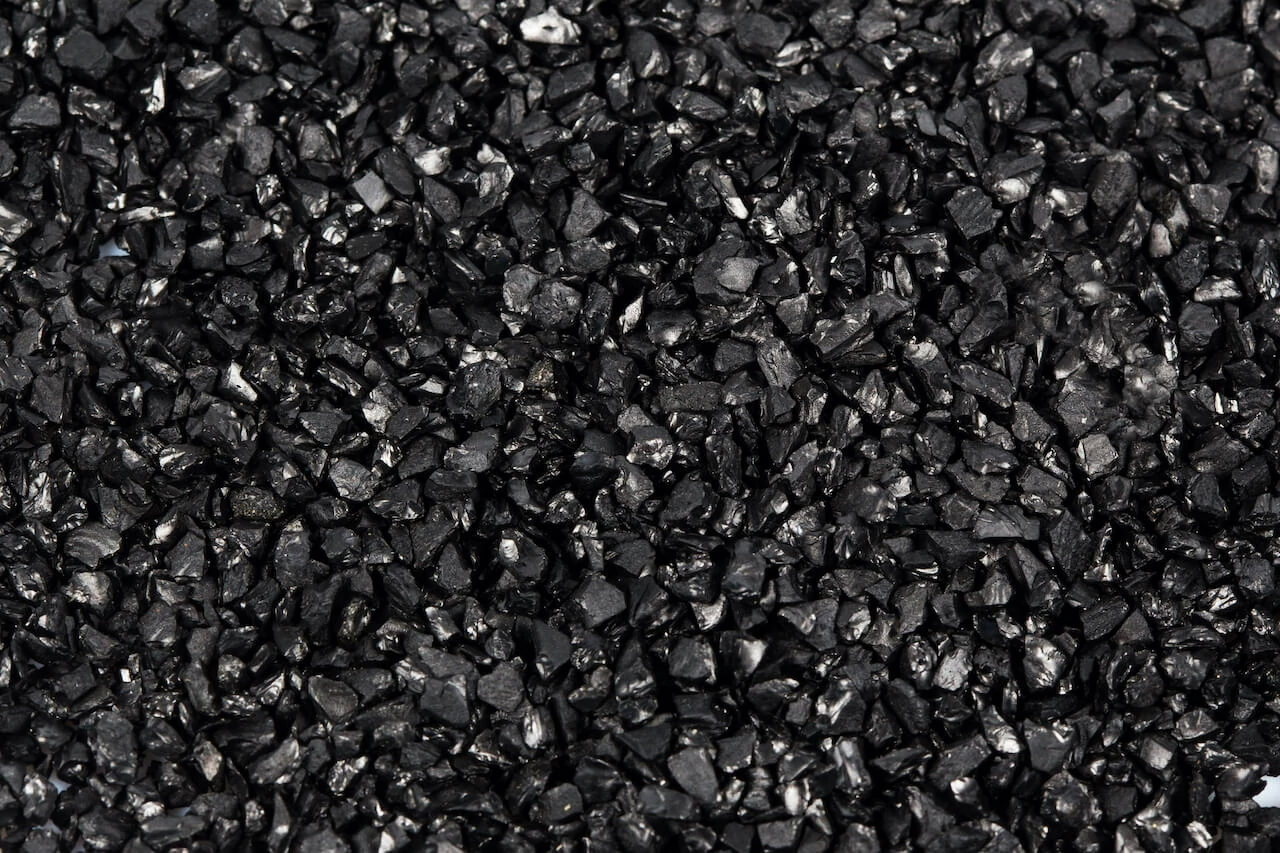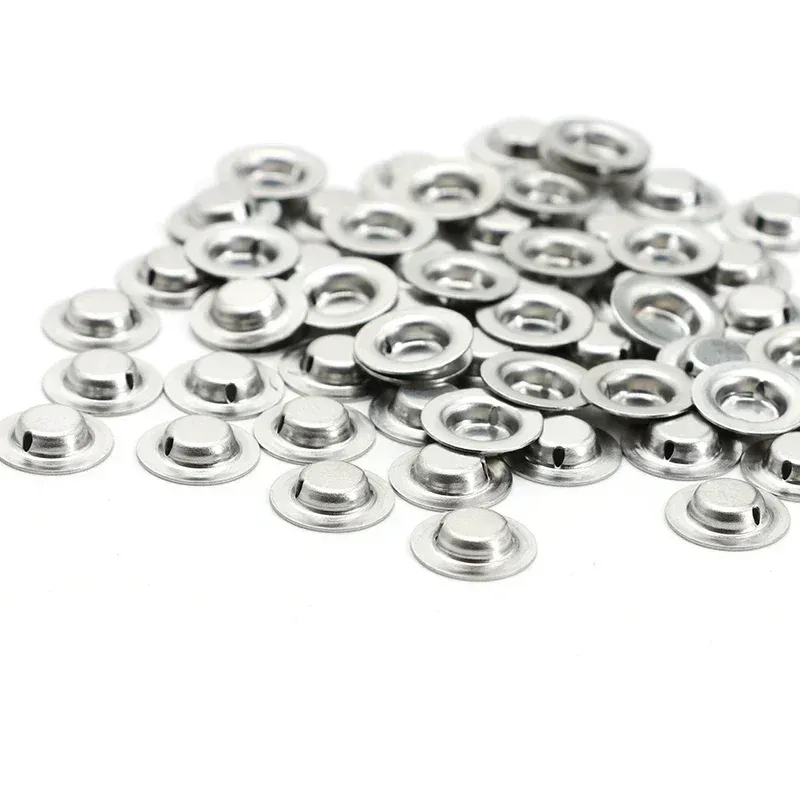Wet homogenization process for Lithium-ion Battery Anodes
main content
The wet homogenization process of the positive electrode is one of the core links in the manufacturing of lithium-ion batteries. Its core objective is to form a uniform and stable suspension system of active substances, conductive agents and binders in the solvent. This process takes the double planetary mixer as the core equipment. Through the precise control of three stages - the preparation of the gel solution, the dispersion of the conductive agent and the mixing of the main material - it ensures the uniformity of the electrode microstructure. The following analysis is conducted from aspects such as process steps, technical advantages and challenges.
I. Wet homogenization Process Flow and Key Technical Parameters
1. Adhesive solution preparation: Adhesive dissolution and network construction
Raw material ratio: PVDF (polyvinylidene fluoride) is used as the binder, N-methylpyrrolidone (NMP) as the solvent, and the solid content is controlled at 5% to 10%. For example, the mass ratio of PVDF to NMP is usually 1:9 to 1:19.
Stirring conditions: A double planetary mixer is adopted, with an orbital speed of 2035 r/min and a rotational speed of 200,900 r/min. The stirring time is 46 hours, forming a gel with a viscosity of 2000-8000 mPa·s. Let the glue stand for more than 12 hours to eliminate bubbles.
Microscopic function: The PVDF molecular chains form a three-dimensional network structure with van der Waals forces through hydrogen bonds, providing a framework support for the subsequent dispersion of conductive agents and active substances.
Case: Patent CN112467087B shows that the preparation of PVDF gel solution requires strict temperature control (<60℃) to avoid excessive shearing of molecular chains, which may lead to a decrease in viscosity.
2. Conductive agent dispersion: Carbon black depolymerization and the formation of conductive networks
Dispersion strategy: Add the conductive agent (such as Super P carbon black) to the gel solution and add it step by step to reduce the "dry island effect". In the initial stage, premix at a low speed of (500±50 r/min), and then increase to a high-speed shear of 1500 to 3000 r/min.
Technical difficulty: The specific surface area of carbon black reaches 6080 m²/g, and it is necessary to avoid agglomeration through gradient acceleration. Experiments show that stepwise addition of conductive agents can shorten the dispersion time by 30%.
Uniformity verification: Through the Zeta potential test, when the absolute value of the potential is greater than 30 mV, it indicates that the electrostatic repulsion between particles is sufficient to maintain stable dispersion.
3. Main material mixing: Wetting and gradient dispersion of active substances
Stepwise feeding: Add the main cathode material (such as NCM811 or LFP) in two batches. Add 50% of the main material for the first time and stir at a low speed of 300±50 r/min for 5 minutes. After the remaining materials were added, they were raised to 1300±50 r/min for high-speed dispersion for 1.5 hours.
Viscosity control: Adjust the solid content to 45% to 55% through gradient dilution. If the initial solid content is greater than 60%, the viscosity of the slurry may increase sharply to 12000 mPa·s. Water needs to be added in two batches to reduce the risk of sudden viscosity change.
Microstructure: SEM analysis shows that the wet process can form a uniform PVDFCB composite coating layer on the surface of the active substance, with porosity controlled at 30% to 40%.
Ii. Process Advantages and Core Application Scenarios
1. High uniformity and compatibility with highly active materials
Microstructure advantages: The wet process, through the pre-dispersion effect of PVDF gel, enables the conductive agent and the active substance to form a "point-line" conductive network, reducing the interface resistance. For example, the electrical conductivity of the NCM811 cathode slurry can reach 5080 S/cm.
High-nickel material compatibility: The wet process can effectively suppress the mixed discharge of cations in high-nickel ternary materials (such as NCM811), reduce surface residual lithium through gel coating, and maintain a capacity retention rate of over 80% after 500 cycles.
Enhanced thermal stability: The high boiling point of NMP solvent (202℃) allows for high-temperature drying (80-120 ℃), reducing the risk of electrode sheet cracking.
2. Stability of large-scale production
Batch consistency: The planetary motion trajectory of the double planetary mixer (revolution at 35 Hz+ rotation at 30 Hz) can achieve thorough mixing throughout the tank without any dead corners, and the TSI (instability index) of the slurry is less than 0.8.
Equipment compatibility: When used in conjunction with thin-film high-speed dispersers (such as the Japanese PRIMIX equipment), the dispersion time can be compressed from 4 hours to 2 hours, and the fineness of the slurry can be reduced from 20 μm to 12 μm.
Iii. Technical Challenges and Optimization Directions
1. Process cycle and energy consumption bottleneck
Time cost: The traditional wet method takes a total of 46 hours, with 30% for the preparation of the gel solution, 15% for the dispersion of the conductive agent, and 40% for the mixing of the main materials. The adoption of a continuous twin-screw pulping system can increase efficiency by 50%, but the equipment investment will increase by 30%.
Solvent recovery pressure: When the NMP usage reaches 0.81.2 tons per ton of slurry, a condensation recovery device (recovery rate >90%) needs to be configured, and the energy consumption accounts for 25% of the total energy consumption of the production line.
2. Collaborative innovation in materials and processes
Binder modification: The development of lithiated PVDF (LiPVDF) has increased its ionic conductivity by three times and reduced the amount of conductive agent used by 10%.
Solvent alternative solution: Try the water-alcohol complex system (such as adding 5% isopropyl alcohol), reduce the surface tension to 35 mN/m, and shorten the dispersion time to 28 hours.
3. Intelligent Upgrade path
Online monitoring: A rheometer is used to monitor the thixotropic recovery time of the slurry in real time (<30 minutes), and the rotational speed and feeding rate are dynamically adjusted in combination with AI algorithms.
Digital twin technology: By simulating models to predict the rheological behavior of slurry, optimize process parameters, and reduce energy consumption by 40%.
Iv. Future Development Trends
1. Equipment integration: By integrating ultrasonic dispersion (2040 kHz) with microreactor technology, continuous pulping is achieved, with the target single-line production capacity exceeding 5,000 tons per year.
2. Green process breakthrough: Develop bio-based solvents (such as ethyl lactate) to replace NMP and reduce VOC emissions by 70%.
3. Development of high solid content systems: Through dry-wet mixing processes (such as a premixed solid content of 66%), the solid content of the slurry is increased to 60%, and the drying energy consumption is reduced by 20%.
Conclusion
The cathode wet homogenization process, through the step-by-step precise control of the main material of the conductive agent in the gel liquid, provides microstructure guarantee for highly active materials such as high-nickel ternary materials. Despite challenges such as long cycles and solvent dependence, wet-process technology will still maintain a core position in the field of high energy density batteries through material modification, intelligent equipment and process innovation. In the future, the new generation of wet-process technology, which combines high efficiency and environmental protection features, will drive the lithium battery manufacturing towards a more sustainable direction.
RELATED BLOG

START-STOP LITHIUM battery
Enov start-stop battery is designed to provide excellent performance for high-demand start-stop vaehicles. It adopts the third-generation intelligent lithium platform architecture to achieve technological breakthroughs in core indicators such as cycle life, environmental adaptability and energy density. Compared with the traditional lead-acid battery system, the energy efficiency is increased by 210%, the cycle life is extended by 8-10 times, and the monthly self-discharge rate is controlled within 3%. Enov's unique low-temperature battery technology makes a breakthrough in achieving stable output in the whole climate domain from -30℃ to 65℃, maintaining more than 90% of the effective capacity release under extremely cold conditions (-30℃), and maintaining 90% of the capacity in high temperature environments (65℃).
The start-stop battery series products cover the mainstream voltage platform of 12V/24V/48V, and support flexible configuration of LFP (lithium iron phosphate) and NCM (lithium nickel cobalt manganese oxide) dual-material system. All models adopt modular design to support customization of different model specifications. Enuo engineering and technical team to provide full cycle technical service support, if you need, please contact us.
Other products
UAV BATTERY
LITHIUM ENERGY STORAGE BATTERY
QUICK INQUIRY
FAQ
Access to high frequency technical questions with one click, get accurate answers on product application, after-sales policy and customization process.
Service and Support
Get the latest product specifications, explore professional OEM/ODM customization services, click to open exclusive technical support and production solutions.
Become a Partner
We sincerely invite resources to interconnect, work together for win-win development, and immediately open a new chapter of strategic cooperation!
